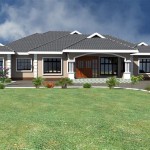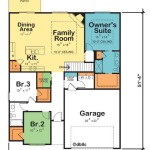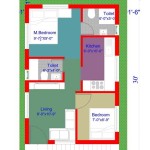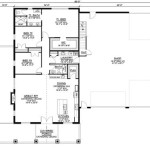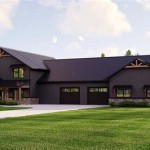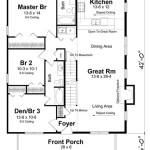Loft Floor Plans With Dimensions
Loft apartments, known for their open, airy spaces and industrial aesthetics, offer a unique living experience. Understanding loft floor plans and their dimensions is essential for maximizing the functionality and design potential of these versatile spaces. This article explores various loft floor plans and provides insights into typical dimensions to assist in planning and visualizing the perfect loft layout.
Key Point 1: The Classic Studio Loft
The studio loft represents the quintessential open-concept living space. Typically characterized by a single large room encompassing the living, dining, and sleeping areas, studio lofts maximize spatial flow and create a sense of expansiveness. Dimensions for studio lofts typically range from 500 to 1,000 square feet, though variations exist depending on the building's original purpose and location. Ceiling heights often exceed standard apartment dimensions, contributing to the loft's airy atmosphere.
Key Point 2: One-Bedroom Loft Layouts
For those desiring a degree of separation between living and sleeping spaces, one-bedroom lofts offer a compelling option. These floor plans often feature a designated bedroom area, frequently partially or fully enclosed by walls or partitions. This configuration provides enhanced privacy while retaining the open feel characteristic of loft living. Sizes typically range from 600 to 1,200 square feet, allowing for comfortable living and sleeping areas as well as designated spaces for dining or home offices.
Key Point 3: Two-Bedroom Loft Designs
Two-bedroom loft apartments cater to individuals or families requiring additional private space. These layouts often incorporate two distinct bedrooms separated from the main living area. Depending on the building's structure and the specific design, these bedrooms might be situated on a mezzanine level, utilizing the loft's vertical space. Square footage for two-bedroom lofts typically starts around 800 square feet and can extend to 1,500 square feet or more, providing ample room for multiple occupants.
Key Point 4: Considering Mezzanine Levels
Many loft spaces incorporate mezzanine levels, effectively adding a second floor to the apartment. These elevated areas are often used for bedrooms, home offices, or additional storage, allowing for creative use of vertical space. When considering a loft with a mezzanine, careful consideration should be given to ceiling height both on the main floor and on the mezzanine itself. Building codes often dictate minimum clearances, and sufficient headroom is crucial for comfortable movement and usability.
Key Point 5: Impact of Ceiling Height on Dimensions
High ceilings are a hallmark of loft apartments, often ranging from 10 to 20 feet or even higher. This vertical space contributes significantly to the open, airy feeling and provides opportunities for unique design elements. However, effectively utilizing this vertical space requires thoughtful planning. Furniture selection, lighting placement, and even the positioning of artwork should be carefully considered to take full advantage of the loft’s unique dimensions.
Key Point 6: The Role of Original Architectural Features
Many loft apartments are converted from former industrial or commercial buildings. As a result, they often retain original architectural features like exposed brick walls, large windows, and visible ductwork. These elements contribute to the loft's industrial character but can also impact usable floor space. When assessing loft dimensions, it's important to consider how these features might affect furniture placement and overall layout.
Key Point 7: Importance of Accurate Measurements
Obtaining accurate measurements is crucial when planning a loft layout. While online listings and brochures can provide a general idea of the space, confirming dimensions on-site is essential. Accurate measurements ensure that furniture fits comfortably, traffic flows smoothly, and the overall design vision is realized. Having detailed dimensions allows for informed decisions regarding furniture placement, rug sizes, and the creation of distinct functional zones within the open space.
Understanding the nuances of loft floor plans and their dimensions is essential for realizing the full potential of these unique living spaces. Careful consideration of layout, ceiling height, and original architectural elements allows for the creation of a functional, stylish, and personalized loft environment.

1 Bedroom Loft Apartment Floor Plans 550 Ultra Lofts

Loft Apartment Floor Plans Dwell Bay View

20 House Plans With Lofts Tiny Small Luxury Designs Blog Homeplans Com

1 Bedroom Loft Apartments Floor Plan Kennedy Place

1 5 Bedroom Bathroom Loft Apartment Floor Plan Small House Plans

Tiny House Floor Plan With Bedroom Loft

2 Bedroom Loft Apartment Floor Plans 550 Ultra Lofts

Studio And 1 Bedroom Apartment Floor Plans The Lofts On La Brea
1 Br Loft Floor Plan Bridges 11th Uw Sch

Floor Plan 1h Junior House Lofts

